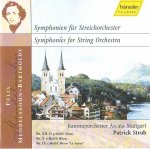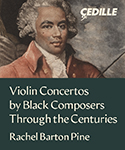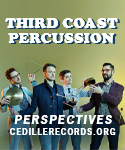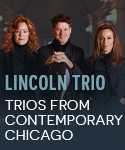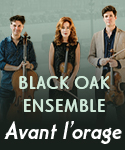These are capably realized accounts of three of Mendelssohn’s string symphonies. Under Patrick Strub’s occasionally severe leadership, Symphonies 9, 10, and 12 take on a seldom-encountered atmosphere of purposeful gravity, which is not a bad thing, as these pieces are often treated with undeserved condescension. Strub wouldn’t be my first choice here, but much that he attains is exemplary, as you’ll hear if you sample his account of the Symphony No. 10. His terse, angular handling of the opening Grave passage has that urgently clipped feel you’ll find in the Baroque overtures that were the teenage Mendelssohn’s models; and even in the allegro section of this one-movement work the pulse and energy underlying the reading proves Strub understands where this music is coming from historically.
I like the agreeable rhythmic pointing and excellent control he achieves in the G minor Symphony No. 12 that opens this program. You can hear every contrapuntal strand in the first movement’s double fugue, and setting aside the lame-sounding Hyperion account from the London String Orchestra under Ross Pople, Strub’s Stuttgart-based Arcata Chamber Orchestra pays proper heed to dynamic contrasts, with noticeably cleaner intonation in rapid passagework. Finally, there’s the C minor Symphony No. 9, known as “La Suisse” for its yodeling-song quotes. Again, its clarity of articulation and refined ensemble work register instantly, but I’d have preferred more warmth and repose in the Andante. Strub occasionally is too mannered here, so the music doesn’t ebb and flow quite as it should–Lev Markiz and the Nieuw Amsterdam Sinfonietta on BIS give the more naturally expressive performance. The Markiz/NAS series is noteworthy for its verve, and if overall consistency is your prime concern, it’s the one to choose.






















